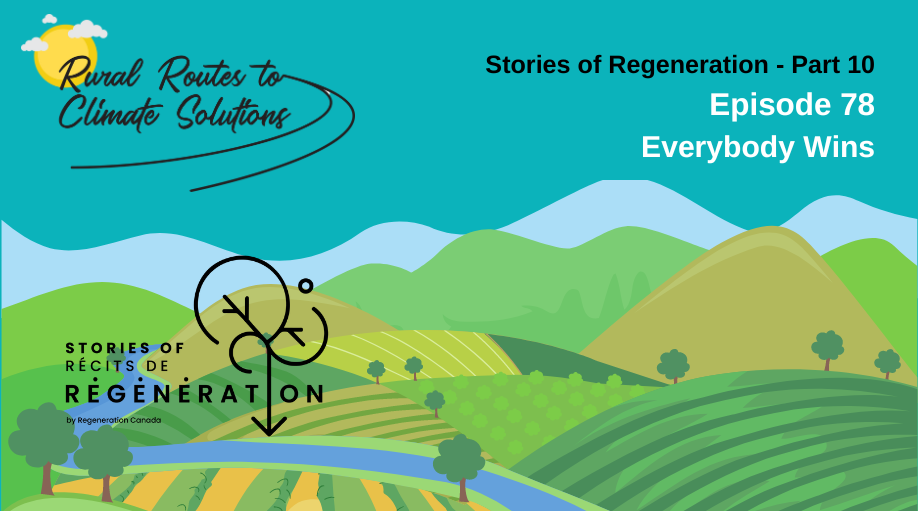
EP 78 – Everybody Wins – SoR Part 10
Podcast: Play in new window | Download
Subscribe: RSS
Our Stories of Regeneration tour concludes at Ottawa’s Just Food Community Farm, a 150-acre testament to sustainable, small-scale agriculture, including initiatives like Chi Garden and Urban Fresh Produce. Emphasizing agroecology and land stewardship, the farm champions local food sovereignty and transforms newcomers into farmers through its Start-up Farm Program. In our series finale, participants Chadwick Lewis and Sun Shan highlight the farm’s impact on sustainable agriculture and community regeneration.



